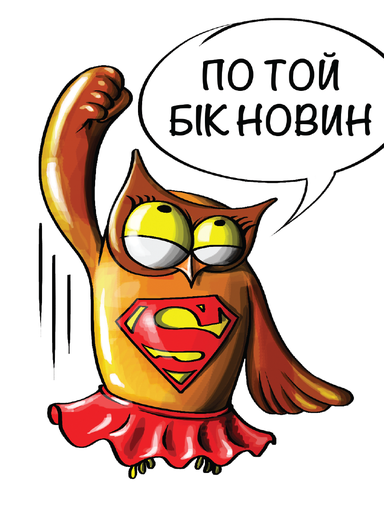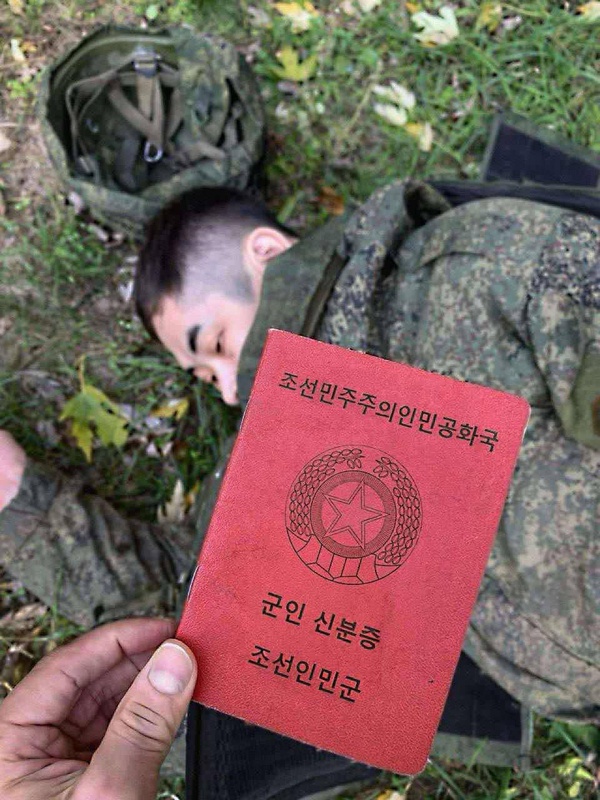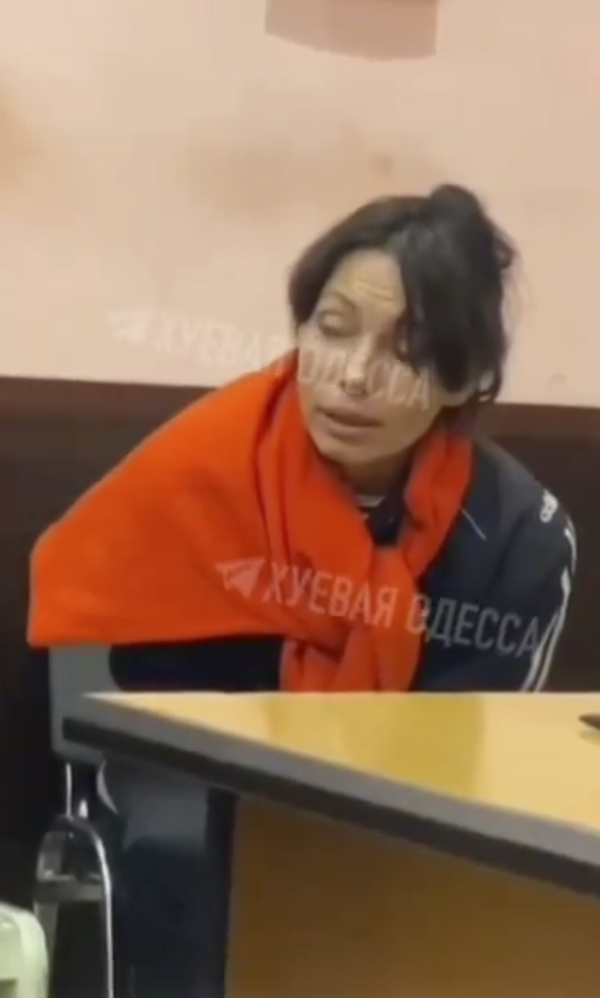Fake guidelines explaining to journalists how to “correctly” cover the “situation of the Armed Forces of Ukraine in Bakhmut”

In total, they include four prohibitions:
🚫Mentioning the losses of the Armed Forces of Ukraine in the Bakhmut sector;
🚫Referring to the antiquated state of the weapons used by the Armed Forces of Ukraine;
🚫Mentioning the number of Russian-speaking people in Donetsk Region;
🚫Providing positive coverage of the enemy.
“A fine of 8000 hryvnias will be imposed for any violation of the rules!!!” the fake says.
Deputy Defense Minister Hanna Maliar has denounced this falsehood, referring to it as “ridiculous”, since the Ministry makes its official stance publicly known and does not pass around scraps of paper to confirm it.
“Every evening, the President addresses the nation and states our public position on current events; every day, the Defense Ministry and the General Staff also release statements. Our spokespeople, whom you all know well - Ihnat, Cherevatyi, Humeniuk, Yusov, Dmytrashkivskyi - also issue official position statements daily,” she said.
If Maliar had not debunked it, identifying this forgery would have been more challenging, as it includes some rational elements. Russian propagandists followed a classic approach to legitimize this scam by mixing truthful facts with falsehoods.
Consider for a moment that there are no publicly available records of the losses sustained by the Ukrainian Armed Forces. Any estimates that are leaked to the media are merely suggestions and conjectures. Although some soldiers may provide journalists with specific numbers for certain units, these figures do not provide a comprehensive understanding of the overall losses. Therefore, we strongly recommend relying only on official sources of information, including those cited by Maliar.

Regarding the remaining parts of the thesis, the Ukrainian media has frequently mentioned the antiquated weaponry used by the Armed Forces of Ukraine. However, it has also been noted that these weapons are being gradually modernized. The claim about the Russian-speaking population of the Donetsk Region is a tired propaganda tactic employed by Russia to sow division among Ukrainians. In reality, there is no prohibition on discussing this issue, and we would like to confirm this unequivocally:
The Kyiv International Institute of Sociology conducted a survey and found that among those who still consider the Russian language important, the majority of respondents (14% each) identified its significance as “the language that is understood by almost everyone in Ukraine” and “the language spoken by the majority of people in the eastern regions of Ukraine”. In contrast, eight years ago, 59% of respondents cited the first reason, while 31% named the second reason as the primary factor for the language’s importance.
“I am very pleased that Ukrainians no longer consider Russian to be a predominant language for public communication and that this role is being taken over by Ukrainian,” says Volodymyr Kulyk, the client of the survey.
Furthermore, it is worth mentioning that these counterfeit guidelines were well-written. The individuals responsible for creating the fake content may have been gradually improving their Ukrainian language skills, or were lucky when utilizing Google Translate, or perhaps they enlisted the help of native Ukrainian speakers. The only thing we would like to underline is the term “інформаційне освітлення” (information highlighting). The use of this verb in the sense of “explaining, revealing something” is a mistake. The correct word would be “висвітлювати” (висвітлення) (cover (coverage)) ![]()






